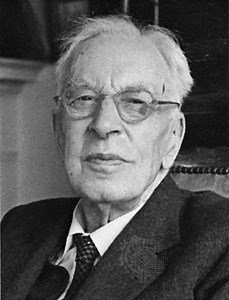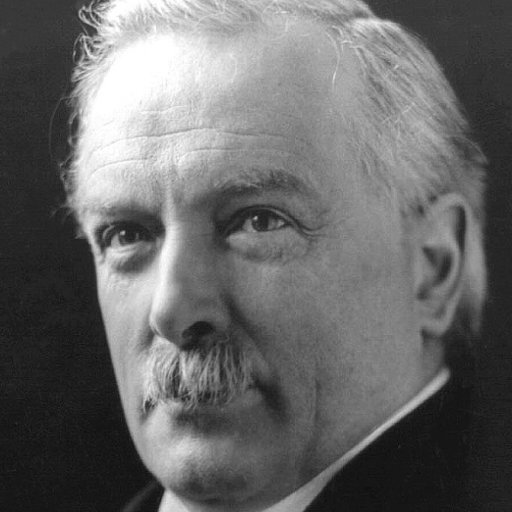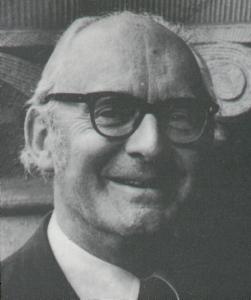


Books in series

The Dawn of Civilization
The First World Survey of Human Cultures in Early Times
1961

Historia de las civilizaciones
1900

Civilizaciones extinguidas
1963

Greece and Rome
1964

The Crucible of Christianity
Judaism, Hellenism and the Historical Background to the Christian Faith
1969

La Alta Edad Media
1965

The Flowering Of The Middle Ages
1966

The Age of the Renaissance
1967

The Age of Expansion
Europe and the World 1559-1660
1968

The Eighteenth Century
Europe in the Age of Enlightenment
1969

The Nineteenth Century
The Contradictions of Progress
1970

El Siglo XX
1971

Estados Unidos
1972
Authors

The British historian Arnold Joseph Toynbee was born in London on 14 April 1889 and died on 22 October 1975 in York, North Yorkshire, England. He was educated at Winchester College and Balliol College, Oxford. He was the nephew of economic historian Arnold Toynbee, with whom he is sometimes confused. His first marriage to Rosalind Murray, with whom he had three sons, ended in divorce in 1946. Professor Toynbee then married Veronica M. Boulter, his research assistant. From 1919 to 1924 Arnold J. Toynbee was professor of modern Greek and Byzantine history at King's College, London. From 1925 until 1955 Professor Toynbee served as research professor and Director of Studies at the Royal Institute of International Affairs. During both world wars he worked for the British Foreign Office. He was a delegate to the Paris Peace Conference in 1919. While Professor Toynbee's Gifford Lectures were published as An Historian's Approach to Religion (1956) he is best known for his 12-volume A Study of History (1934-1961). This massive work examined the growth, development and decay of civilizations. He presented history as the rise and fall of civilizations rather than nation-states or ethnic groups. According to his analysis of civilizations the well-being of a civilization depends on its ability to deal successfully with challenges. Professor Toynbee oversaw the publication of The Survey of International Affairs published by Oxford University Press under the auspices of the Royal Institute of International Affairs from 1925 to 1977. In addition to A Study of History among his numerous publications are the following: Nationality and the War (1915), The Armenian Atrocities: The Murder of a Nation (1915), The German Terror in France: An Historical Record (1917), Turkey, a Past and a Future (1917), The Conduct of British Empire Foreign Relations since the Peace Settlement (1928), Civilization on Trial (1948), Christianity among the Religions of the World (1958), Democracy in the Atomic Age (1957), and Between Niger and Nile (1965).
Librarian Note: There is more than one author in the Goodreads database with this name. This profile may contain books from multiple authors of this name. Other authors publishing under this name are: Edward Bacon, Nude Photography


Stuart Ernest Piggott, CBE, FBA, FSA, FRSE FSA Scot was an English archaeologist, best known for his work on prehistoric Wessex. Piggott was born in Petersfield, Hampshire, the son of G. H. O. Piggott, and was educated there at Churcher's College. On leaving school in 1927 he took up a post as assistant at Reading Museum, where he developed an expertise in Neolithic pottery. In 1928 he joined the Royal Commission on the Ancient and Historical Monuments of Wales and spent the next five years producing a revolutionary study of the site of Butser Hill, near Petersfield. He also worked with Eliot Cecil Curwen on their excavations at The Trundle causewayed enclosure in Sussex. Still without any formal archaeological qualification, Piggott enrolled at Robert Eric Mortimer Wheeler's Institute of Archaeology, London, taking his diploma in 1936. In 1937 he published another seminal paper, The Early Bronze Age in Wessex. In 1958 Piggott published a survey of Scottish prehistory, Scotland before History, and in 1959 a popular introductory volume, Approach to Archaeology.

David Talbot Rice CBE (11 July 1903 in Rugby – 12 March 1972 in Cheltenham) was an English art historian. His father was "Talbot-Rice" and both he and his wife published using "Talbot Rice" as a surname, but are also sometimes found under "Rice" alone, or "Talbot-Rice". Born in Rugby and brought up in Gloucestershire (England), he was educated at Eton prior to reading archaeology and anthropology at Christ Church, Oxford.[1] At Oxford his circle of friends included Evelyn Waugh and Harold Acton as well as his future wife (Elena) Tamara Abelson (1904–1993) whom he was to marry in 1927. She was a Russian émigrée, who was also an art historian, writing on Byzantine and Central Eastern art and other subjects as Tamara Talbot Rice. Following his graduation, Talbot Rice undertook a number of archaeological digs overseas and developed a passion for all things Byzantine. His expertise in the area of Islamic art was recognised when, in 1932, Samuel Courtauld endowed the Courtauld Institute at the University of London and Talbot Rice was among the first appointments, taking up a position as lecturer. Talbot Rice was subsequently appointed to the Watson Gordon Chair of Fine Art at the University of Edinburgh in 1934, a post he held until his death in 1972. In 1937 he gave the Ilchester Lecture, later published as The Beginnings of Russian Icon Painting. During the Second World War Talbot Rice served with modest distinction as Head of the Near East Section of Military Intelligence (MI3b), which was responsible for Eastern Europe including Yugoslavia but excluding Russia and Scandinavia. Originally commissioned onto the Special List in 1939, he transferred to the Intelligence Corps in 1943. He ended the war with the rank of Major. When peacetime returned he came back to Scotland and established an Honours degree at the University which combined art history and studio art and is still offered today. His ambition to establish an arts centre in the University was realised posthumously when the Talbot Rice Gallery was founded and named after him. From 1952 to 1954, he led the excavations of the Great Palace of Constantinople in Istanbul, Turkey.
Dame Joan Evans, DBE was a British historian of French and English mediaeval art. She was the daughter of antiquarian and businessman John Evans and his third wife Maria Millington Lathbury (1856–1944). In 1950 her book Cluniac Art of the Romanesque Period, which concerned art and sculptures made by the monks of the abbey at Cluny in eastern France, was published by Cambridge University Press.

Michael Grant was an English classisist, numismatist, and author of numerous popular books on ancient history. His 1956 translation of Tacitus’s Annals of Imperial Rome remains a standard of the work. He once described himself as "one of the very few freelances in the field of ancient history: a rare phenomenon". As a popularizer, his hallmarks were his prolific output and his unwillingness to oversimplify or talk down to his readership. Librarian Note: There is more than one author in the GoodReads database with this name. See this thread for more information.

Daniel Joseph Boorstin was a historian, professor, attorney, and writer. He was appointed twelfth Librarian of the United States Congress from 1975 until 1987. He graduated from Tulsa's Central High School in Tulsa, Oklahoma, at the age of 15. He graduated with highest honors from Harvard, studied at Balliol College, Oxford as a Rhodes Scholar and earned his PhD at Yale University. He was a lawyer and a university professor at the University of Chicago for 25 years. He also served as director of the National Museum of History and Technology of the Smithsonian Institution. His The Americans The Democratic Experience received the 1974 Pulitzer Prize in history. Within the discipline of social theory, Boorstin’s 1961 book The Image A Guide to Pseudo-events in America is an early description of aspects of American life that were later termed hyperreality and postmodernity. In The Image, Boorstin describes shifts in American culture—mainly due to advertising—where the reproduction or simulation of an event becomes more important or "real" than the event itself. He goes on to coin the term pseudo-event which describes events or activities that serve little to no purpose other than to be reproduced through advertisements or other forms of publicity. The idea of pseudo-events closely mirrors work later done by Jean Baudrillard and Guy Debord. The work is still often used as a text in American sociology courses. When President Gerald Ford nominated Boorstin to be Librarian of Congress, the nomination was supported by the Authors League of America but opposed by the American Library Association because Boorstin "was not a library administrator." The Senate confirmed the nomination without debate. Boorstin died in 2004 in Washington, D.C.